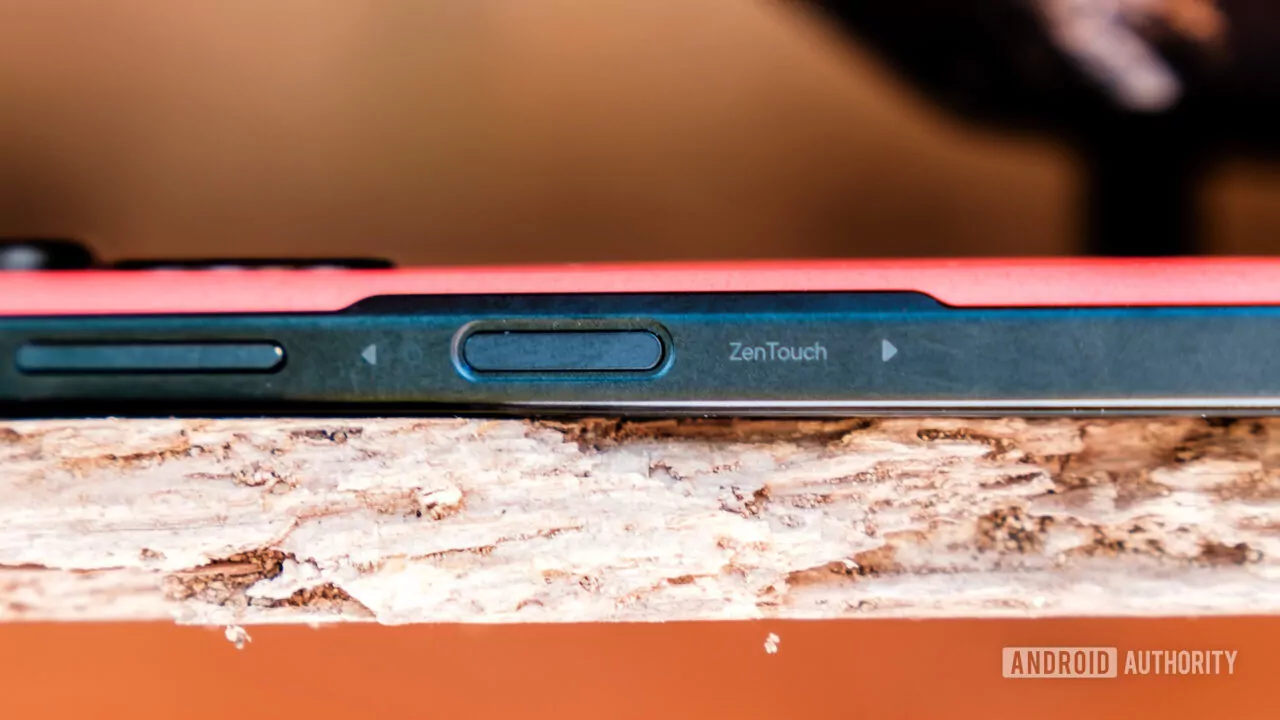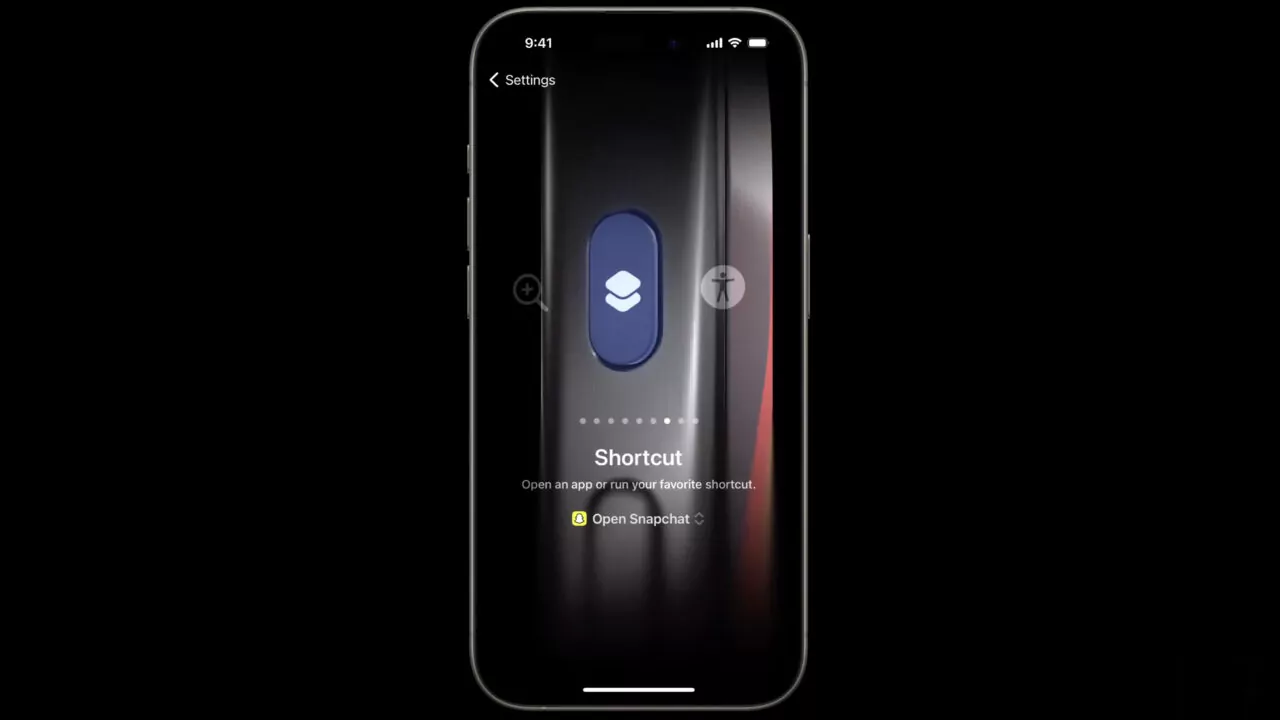Apple’s recent release of the iPhone 15 Pro and Pro Max introduced a significant change – the Action Button, replacing the conventional Mute Switch. Given Apple’s influential role in the smartphone industry, this versatile button could potentially become a new trend in Android devices down the road.
The Action Button boasts remarkable flexibility in its functionality. Unlike traditional physical buttons, it utilizes a solid-state design. By default, a single tap and hold activate silent mode on the iPhone. However, users can customize it with one or two taps to perform various actions, such as launching the camera or accessing favorite apps.
Familiar Territory in Android

The concept of adding dedicated buttons for specific functions is not entirely new in the realm of Android smartphones. For instance, the ASUS Zenfone 10 integrates a Smart Key into its power button, while the Sony Xperia Pro-1 features a dedicated button for launching any desired application. Nokia’s Lumia phones once introduced a dedicated camera button. Some Android devices experimented with additional buttons before returning to the conventional power and volume button configuration.
Could the “Action Button” Trend Extend to Android?
Typically, phones equipped with dedicated buttons like these are more commonly found in the high-end smartphone segment. However, following Apple’s lead, much like the introduction of the Dynamic Island in the iPhone 14 Pro Series last year, it’s plausible that several Android manufacturers may follow suit. This trend might not be confined to high-end models but could also encompass mid-range devices.
Nevertheless, it’s important to highlight a key distinction. Unlike the Dynamic Island, which could be emulated through software updates, the Action Button on the iPhone 15 Pro Series necessitates hardware modifications. This could pose a challenge for Android brands aiming to incorporate similar features into mid-range smartphones, particularly if they opt for solid-state buttons.

In conclusion, the potential addition of an Action Button to Android devices promises an intriguing feature. What are your thoughts on this prospective shift in the smartphone landscape?

